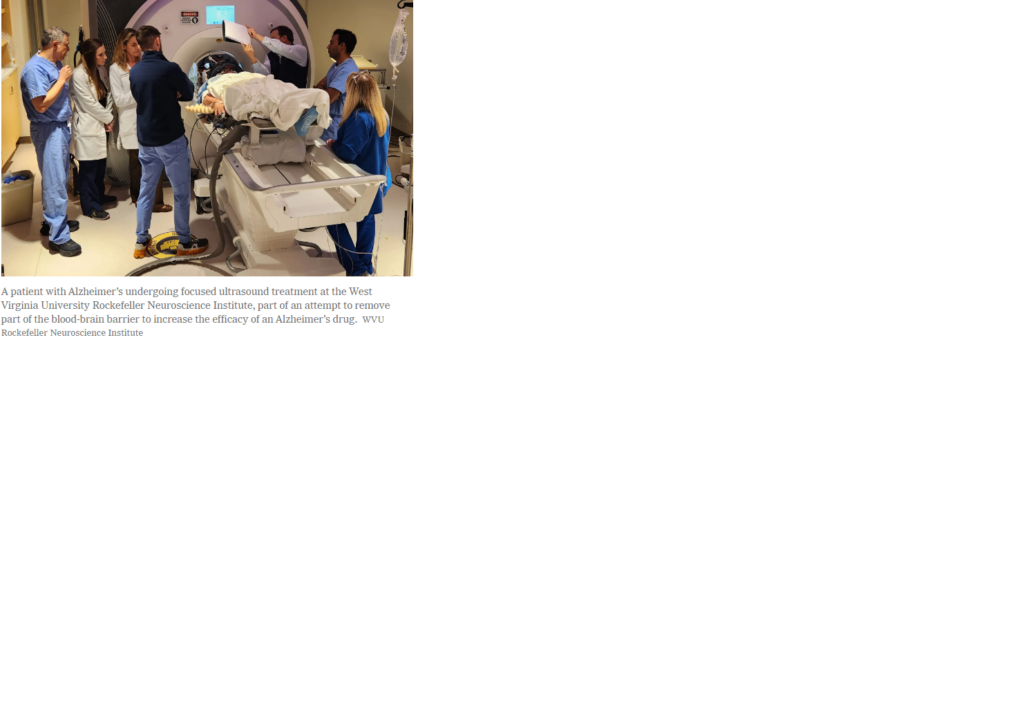How a Brain Chemical Turns Mice into Social Avoidance Experts

Picture this: a mouse, defeated in a brawl with another mice, sulks in the corner, plotting its next move. No, it’s not a scene from a rodent version of Rocky. It’s real life, folks! Scientists have uncovered a brainy secret behind why some mice turn into social hermits after a smackdown.
In a riveting study titled “A Dedicated Hypothalamic Oxytocin Circuit Controls Aversive Social Learning,” brainiacs from the Neuroscience Institute at New York University took on the mission of cracking the code of mouse social dynamics. Spoiler alert: it involves a chemical called oxytocin and a fancy circuit in the brain.
So, picture this: in the great mouse kingdom, just like in high school, there are popular mice and, well, not-so-popular mice. The not-so-popular ones often get into fights with the popular ones over things like food and territory. And when they lose, boy, do they remember it! They become the ultimate avoiders, steering clear of their victorious foes for weeks.
But why? What’s going on in their tiny brains? The researchers found that a special group of brain cells, called oxytocin neurons, in a region of the mouse brain called the “oxytocin neurons” play a starring role. These neurons send signals to another brain region, with a name just as impressive, the “oxytocin receptor expressing cells”.
Here’s where things get interesting. After a mouse gets whooped in a fight, these brain cells start acting up. They become super sensitive to signs of aggression, like an overprotective parent at a playground. And when these cells are turned on, the defeated mouse suddenly becomes the master of avoiding social interactions like a ninja dodging throwing star.
But wait, there’s more! The researchers discovered that oxytocin, the brain chemical responsible for making us feel warm and fuzzy, is the secret sauce here. It’s like the brain’s own little love potion, except in this case, it’s making mice steer clear of trouble.
To prove their point, the scientists did some fancy experiments involving lasers and genetic tricks. They found that tinkering with these brain circuits could turn a mouse from a social butterfly into a shy wallflower faster than you can say, “Cheese!”
And here’s the kicker: it’s not just mice. Humans have their own version of this brain circuitry. Ever met someone who avoids certain people like the plague after a bad experience? Well, blame it on your oxytocin neurons!
So, next time you see a mouse avoiding its bully, just remember, it’s not just running scared—it’s the result of some serious brain science at work. And who knows, maybe one day, understanding these brain circuits could help us tackle social issues in humans too. But for now, let’s just marvel at the wonders of mouse neurology and appreciate the complex dance of social avoidance in the animal kingdom. www.nature.com/articles/s41586-023-06958-w





